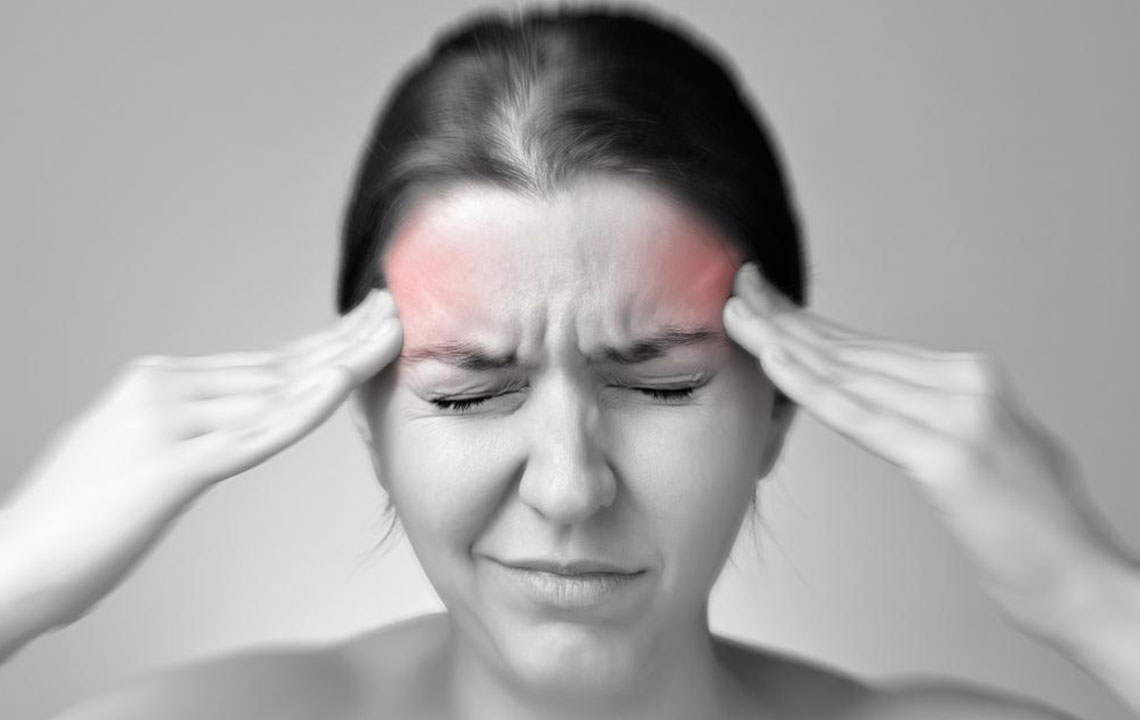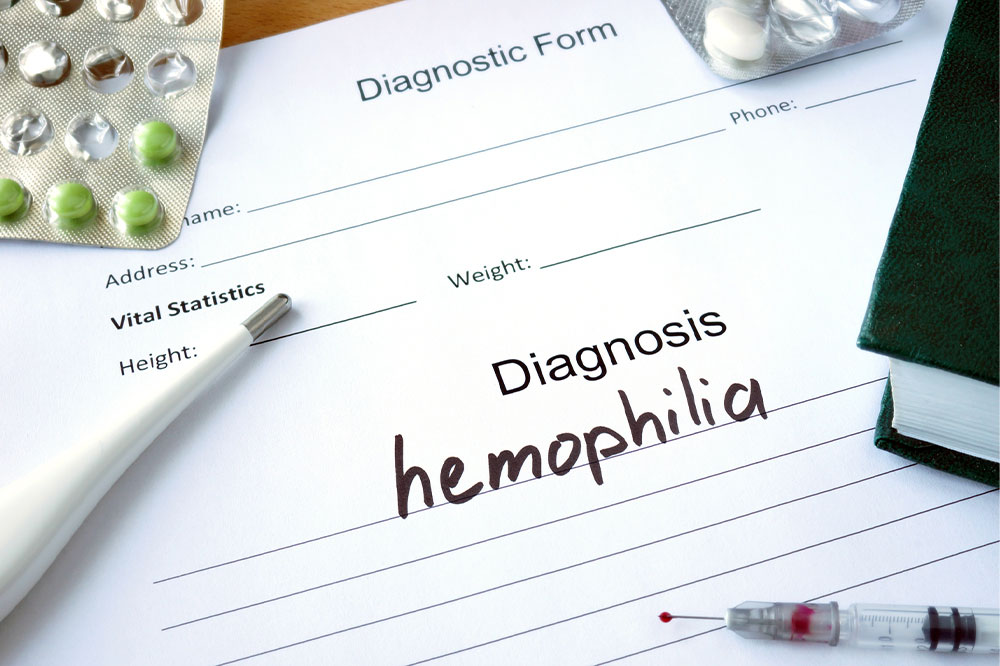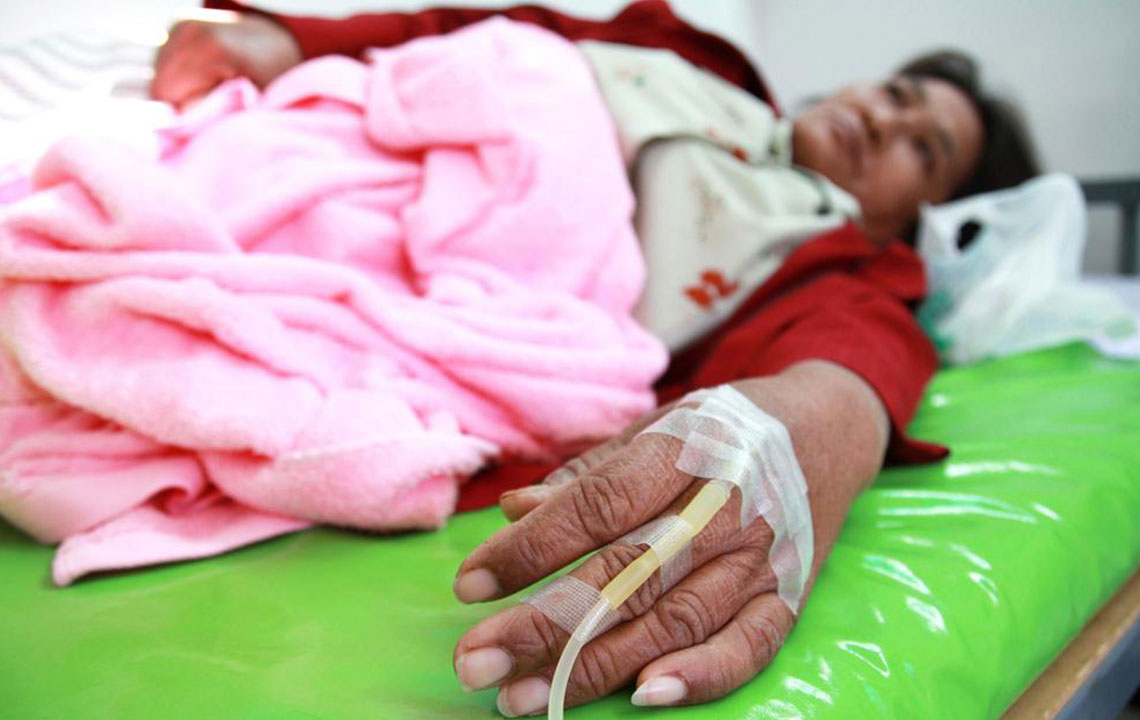Understanding Osteogenesis Imperfecta: Causes, Signs, and Care Strategies
Osteogenesis imperfecta, or brittle bone disease, is a genetic disorder causing fragile bones and deformities. This article covers its causes, symptoms, and management strategies. Early diagnosis and supportive treatments can greatly enhance quality of life. Learn about effective interventions, lifestyle adjustments, and supportive care measures to help children and adults living with this condition.

Understanding Osteogenesis Imperfecta: Causes, Signs, and Care Strategies
Osteogenesis imperfecta (OI), commonly known as brittle bone disease, is a genetic condition where children are born with fragile, misshapen bones. These patients are highly prone to fractures and bone deformities, even with minor impacts. An estimated 25,000 to 50,000 children in the country live with this disorder. While there is no definitive cure, early diagnosis and proper management can significantly improve quality of life. Below are key indicators, causes, and treatment options for osteogenesis imperfecta.
What causes osteogenesis imperfecta?
Majority of cases, about 80%, stem from autosomal dominant mutations affecting the COL1A1 and COL1A2 genes, which are responsible for producing type 1 collagen. In essence, these children have insufficient or poor-quality collagen, vital for bone strength.
Since collagen helps form bone structure, its deficiency leads to weakened bones and deformities characteristic of osteogenesis imperfecta.
Notable symptoms include:
Fragile, misshapen bones
Children often exhibit deformed bones, especially in long bones like the arms and legs.
Repeated fractures
Fragility causes fractures from minimal trauma, particularly affecting the forearms, legs, and ribs.
Growth challenges
Children tend to be shorter than average, with height often over two standard deviations below peers.
Muscle weakness
Weak musculature frequently accompanies bone fragility, impacting mobility.
Triangular facial features
Bone deformities may lead to a triangular face shape, with prominent forehead and temples.
Tendon and tissue issues
Deficient collagen affects tendons, skin, and eyes, resulting in tendinopathy, pain, swelling, and inflammation.
Limited movement
Weak bones and muscles hinder mobility, often causing pain.
Eye and hearing problems
Ocular issues like hyperopia, myopia, blue sclera, glaucoma, and corneal rigidity are common. Hearing loss linked to ear bone sclerosis also occurs.
Chest deformities
Rib cage deformities, resembling a barrel shape, may develop.
Hearing impairment and bone density increase
Osteosclerosis in ear bones can lead to hearing deficits.
Easy bruising
Skin and blood vessel fragility result in frequent bruising and bleeding episodes.
How is osteogenesis imperfecta managed? Although there is no cure, various strategies help control symptoms and improve daily functioning. Common interventions include:
Bone reinforcement procedures
Metal rod insertion helps stabilize long bones, reduce fractures, and prevent deformities, especially in weight-bearing limbs.
Prompt fracture treatment
Immediate care for fractures can minimize pain and prevent further complications.
Addressing related health issues
Managing conditions like osteosclerosis and tendinopathy enhances overall health.
Physiotherapy
Targeted exercises under professional supervision strengthen muscles and improve mobility while avoiding bone stress.
Assistive devices
Tools like crutches, wheelchairs, and hearing devices aid movement and hearing, respectively.
Additional lifestyle tips and remedies include:
Consume calcium-rich foods
Foods like dairy, fish, soybeans, figs, and fortified products support bone health.
Sunlight exposure
Adequate daily sunlight aids vitamin D production, essential for calcium absorption. Include fatty fish, mushrooms, and fish oils in diets.
Increase vitamin K intake
Leafy greens, canola oil, and cheese help strengthen bones and muscles.
Avoid inactivity
Stay as active as possible using assistive devices to prevent muscle atrophy and maintain joint flexibility.
Prioritize quality sleep
Eight hours of restful sleep promotes bone strength. Use comfortable bedding and create a dark, quiet environment.
Social support
Compassionate caregiving, family patience, and educational support improve adaptation and independence for affected children.










